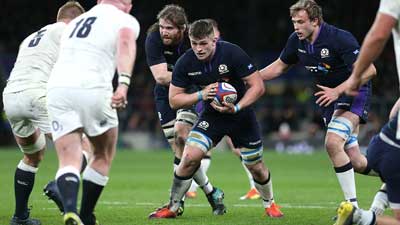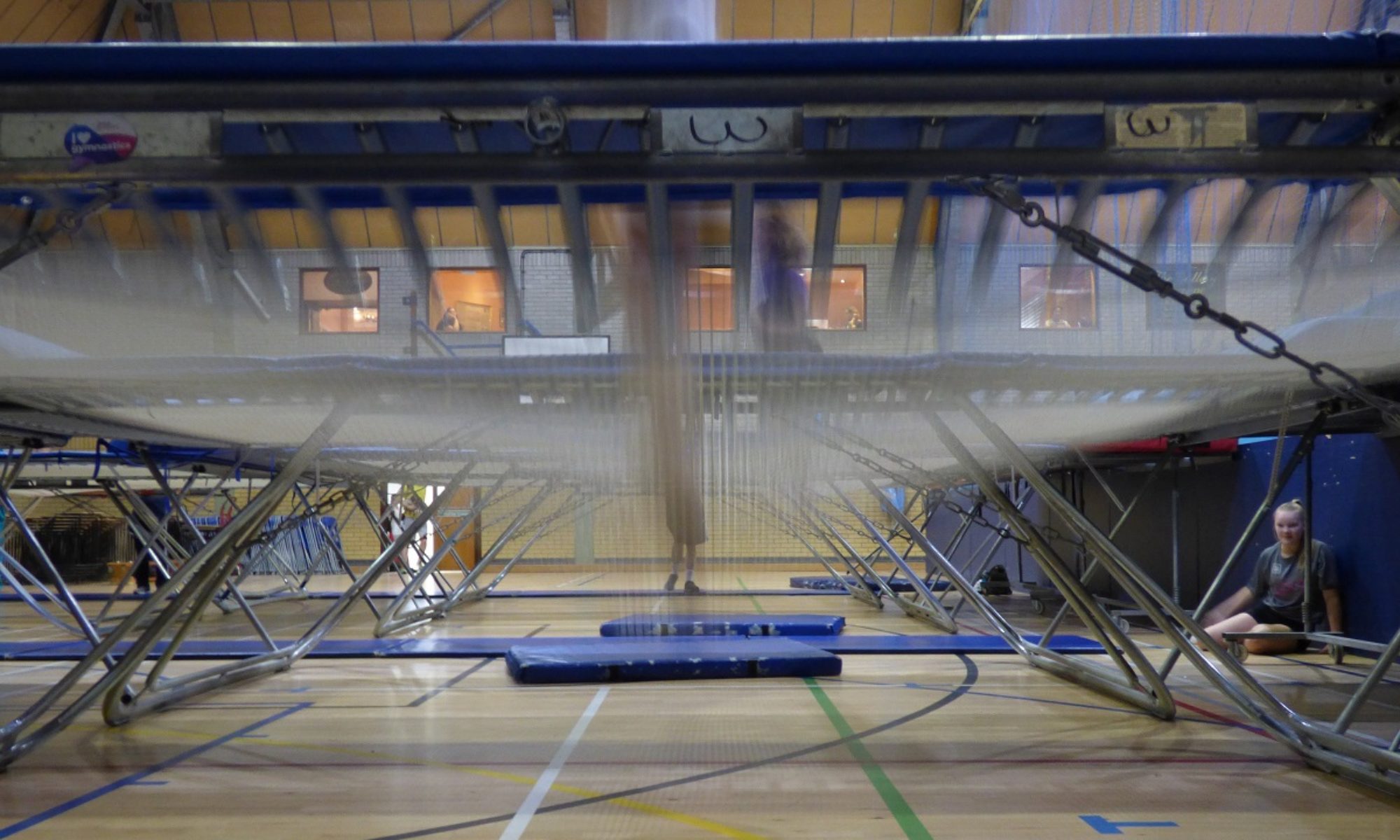Do skill ‘progressions’ actually deliver ‘progress’?

In a previous sporting life, when I aspired to be an international rugby player but had yet to appreciate that my physique might be better suited something slightly more artistic, I recall the coach at my school berating our team for retaining possession but finishing 10 yards behind where we had won the ball.
For goodness sake lads, you’re advancing backwards!
This paradox comes to mind when I discuss skill progression with coaches and performers. There seems to be an assumption that by following the prescribed step-by-step build up, a new skill will be mastered. This is no more guaranteed than possession of the ball leading to automatic territorial advantage.
Basic tenet
A basic tenet of our coach education system is that skills should be built up using a series of progressions, lead ups, preps or the outdated parlance of my FE. college days, “progressive practices.” I’m sure no one would argue that this is the safe and logical way to approach learning new skills whether on the trampoline or other apparatus. The principle is however far from simplistic and I want to use the rest of this article to share some of my thoughts and experiences with you.
It is not uncommon for either coach or gymnast to assume they can start the following session at the stage reached in the previous one
Back in the 1970’s I asked an Olympic diver how he went about learning a new dive. I understood the principle of progressive practice in my own sport where we break up a complex move with the use of intermediate front, back or foot landing positions but couldn’t imagine how one built a multiple twisting, multiple somersaulting dive. I perceived that there were only two safe ways of entering the water, head first and feet first, What progressions could be used? He replied, “Normally there are two progressions — sweater on and sweater off!” I imagine the teaching of diving has moved on since then, but I sometimes fear there are trampoline coaches who also use only two progressions — mat on and mat off!
Progressive Practice
I know it may not have the street cred of “preps” but I still favour the expression “progressive practice” because it accurately describes the process and the philosophy behind it. Each word in the phrase has a significance that coaches ignore at their peril.
“Practice” clearly indicates repeated attempts to perfect a set of actions and “progressive” indicates that when one set of actions has been learned, the coach increases the challenge, giving rise to that other well used phrase “learning curve.”
This is all very well but how does the coach and/or gymnast decide when one stage has been sufficiently mastered to permit progress to the next stage. I am often asked this by student coaches at all levels and would love to be able to provide a formula to fit every occasion. Indeed many coaches are disappointed when this is not offered.
Signs of Readiness
What we must look for are the “signs of readiness” and these will vary depending on the skill being learned, but there are a number of generic “signs” which we can use to guide us in making the decision to progress the learning process. Some are technical, some psychological and some aesthetic.
The aesthetic signs can be very misleading and should be viewed with caution. just because it looks good doesn’t mean that the gymnast knows what they are doing and the coach must give far more credence to the technical and psychological factors.
Let me try to provide you with a list to use when assessing any progressive stage on the journey to a new skill.
Has the gymnast shown the following characteristics consistently over multiple repetitions? i.e. At least in double figures!
- Good vertical direction from take off.
- Height maintained relative to the arm set, in jump or set-up move.
- For single somersaults — no travel!
- For double and triple somersaults, travel limited to one metre.
- Absolutely no gaining action whether single, double or triple somersault.
- Clear and decisive shaping phase.
- Clear and decisive exit phase.
- Sufficient airtime to execute all aspects of the progression. In other words confirming items 1 to 7.
Have you maintained a dialogue with the gymnast to check:-
- The feedback you give accords with the gymnast’s feelings about the movement?
- The gymnast is “seeing” at key points in the move?
- The gymnast is confident of “landing” the progression unaided?
- The gymnast has had the “ah ha experience?”
- The gymnast expresses a desire to move onto the next stage?
As you watch each attempt do you:-
- Feel a growing confidence and belief that the gymnast is in control of the progression?
- Recognise that the performance of the progression is “crying out” for the next stage to be added?
Doubts?
If you have doubts about any of these signs of readiness then progress to the next stage should be resisted. This may well involve a dispute with the gymnast who has the confidence and desire to progress, but you as coach, must remain objective and demand that all the appropriate signs are present.
Important benefit
Another important benefit of working through a series of progressions is that the coach can take the gymnast back to some of the earlier elements to reinforce technical, visual or psychological competence.
It is not uncommon for either coach or gymnast to assume they can start the following session at the stage reached in the previous one. It is a strength of the progressive practice system that the gymnast can start subsequent sessions at an elementary stage in the pathway and gradually build to the level previously attained and perhaps to one stage higher.
Progress?
So do skill progressions deliver progress? My answer is no! It is the skilful and sensitive application of appropriate progressions accompanied by intelligent dialogue with the gymnast during the process, which delivers progress. Progressive practice is a simply tool and like any tool, it is the skill of the crafts person who uses it and the quality of the material being worked on which will determine its effectiveness.
© Jack Kelly

